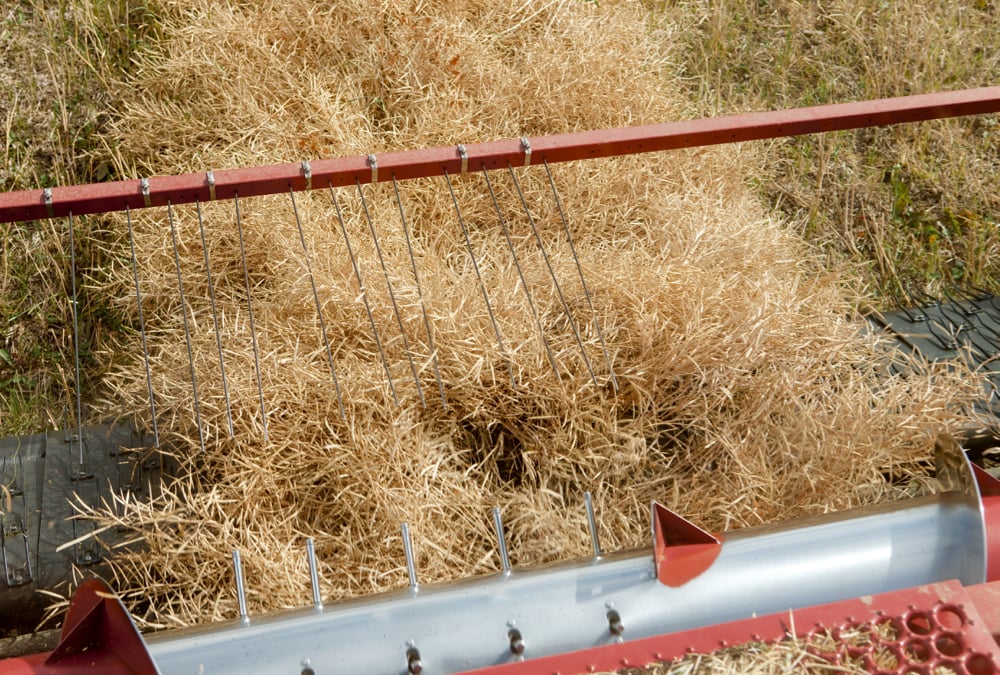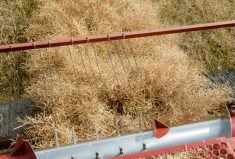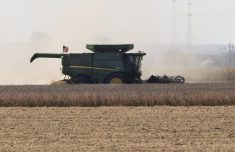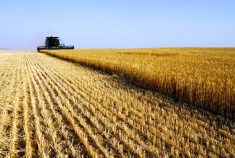The vagaries of spring weather in Saskatchewan are on full display this weekend as drivers face flooded roads in some areas and locals battle grass fires in another.
The Water Security Agency, in a Sunday update, said the flows through the Battlefords are rising faster than expected and the peak could be higher than originally forecast.
The Battle River, North Saskatchewan River and Cut Knife Creek are all contributing to high runoff in the region.
Highway 16 in the Lashburn, Marshall and Maidstone areas between Lloydminster and North Battleford is closed in spots due to flooding.
Read Also

Alberta harvest wrapping up: report
Harvest operations advanced to 96 per cent complete in Alberta as of Oct. 7, with only a few late-seeded cereal and canola fields remaining, according to the latest provincial crop report.
Drivers should check the Highway Hotline for more information before heading out on highways in this area.
The WSA update noted runoff levels in some areas might not be as high as first anticipated.
The Avonlea reservoir on the Moose Jaw River system is expected to peak Sunday and the river at Rouleau has now started to flow. It went from zero Saturday to 20 cubic metres per second on Sunday.
Flows into Moose Jaw, along with water from Thunder Creek, are now coming in stages and that should lower the forecasted flood peaks, the update said.
One ice jam did form Saturday but it cleared without major problems.
The Moose Jaw River is backing up at the dam into Buffalo Pound Lake and flows at Lumsden and Craven are now increasing.
Meanwhile, about 200 people were fighting a large grass fire that began along Highway 4 near Val Marie on April 27. The fire jumped the road and the Frenchman River and is consuming large areas of Grasslands National Park.
Strong winds Saturday aided the flames, and the fire was still burning Sunday.

















